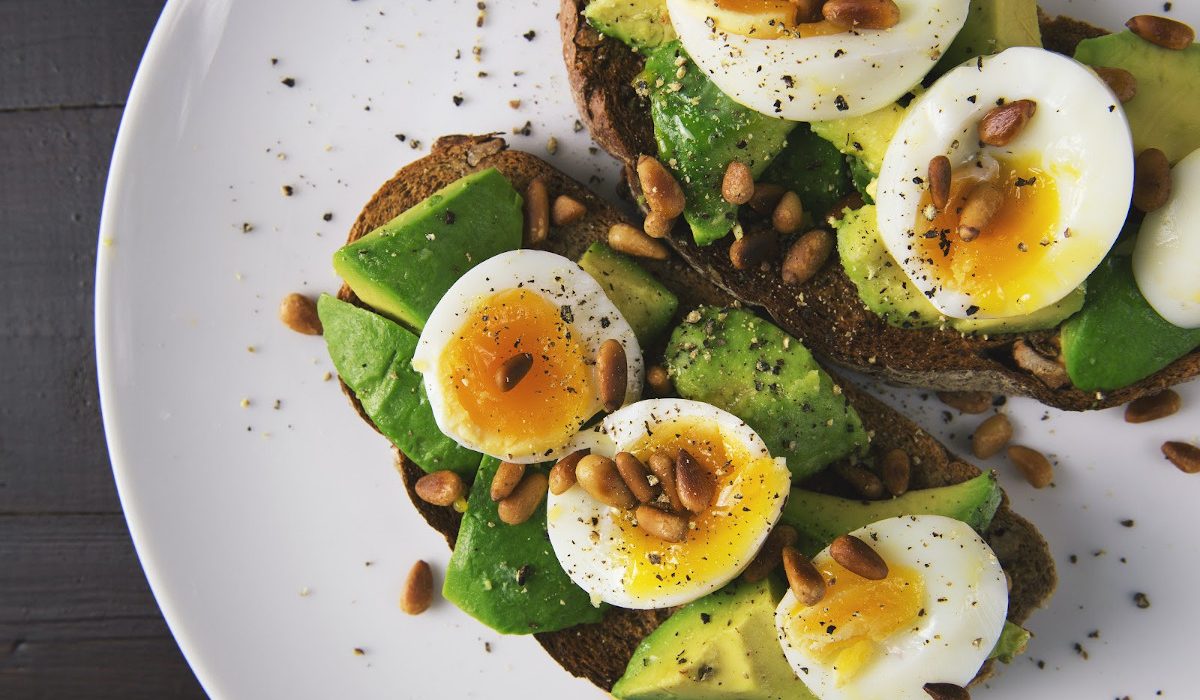Planning your meals can feel overwhelming and downright confusing at times, in terms of measuring caloric intake and ensuring nutritional balance to build muscle and burn fat, especially when you’ve got specific targets to hit.
Fortunately, macro diets are flexible and stress-free because they are not traditional dietary regimes but systems that help you manage your caloric intake.
No foods are off-limits; you can eat whatever you like as long as it fits your macros. It’s a simple, effective and sustainable weight loss method without the needless suffering that comes with strict diets, which are built on starving yourself and eating tasteless meals.
Read on for some tips on planning and preparing meals to fit within your macros.
HOW TO GET STARTED – BASIC TOOLS YOU’LL NEED
Before we get started on your journey, you will need a few things.
First, you’ll want to get your hands on a digital food scale so that you can weigh all your uncooked food.
Next, you should sign up to MyFitnessPal, a free web app that allows you to log all your uncooked food in a virtual diary.
Finally, use the IIFYM Macro Calculator to measure your exact fat loss macros, based on your body and energy levels.
Once you’ve got everything you need, it’s time to get started and prep some meals.

HOW TO FIND BALANCE WITH YOUR MEALS – AND ENJOY HUGE RESULTS
A balanced diet is crucial to good health and vitality, so it is important to maintain plenty of variety in your meals while you keep track of your macros. The seven essentials for a balanced diet are carbs, fat, fiber, protein, vitamins, minerals and water.
Remember, you only get out what you put on your plate. An imbalanced diet can contribute to many debilitating issues ranging from chronic fatigue and digestive problems to anxiety, fear, and depression. On the other hand, a balanced diet improves your overall physical and mental wellbeing.
To see massive results, you’ll need to weigh and log everything you eat – that’s right, everything – using the tools mentioned above. It doesn’t matter if you think that piece of fruit is too small or too healthy to be worth weighing; you must track everything you eat in order to be as successful as possible. If you eat it, track it!
Calculating your total daily energy expenditure (TDEE) is another important step to achieving your goal, whether you want to lose weight or gain weight. TDEE represents the total calories we burn daily and is necessary for crafting an effective meal plan. On the surface, this sounds complex, but luckily our IIFYM TDEE Calculator makes the process of calculating your TDEE fast and simple while ensuring absolute precision.
If your goal is to lose weight and melt excess fat, you will want to eat far fewer calories than your body needs daily – between 15% – 20% less is recommended.
Or if you want to gain weight and build muscle mass, it’s recommended you eat 5% – 10% more calories than your TDEE. Preferably you would do this by upping your carb intake, eating foods such as pasta, vegetables, nuts, seeds, whole grains (i.e. brown rice and oats), and whole fruits (i.e. apples, bananas, strawberries).
You can break down your meal prep further by following these steps:
- Eat at least 0.8 grams of protein per pound of lean body weight (total body weight, less total fat weight)
- Eat between 0.3 – 0.4 grams of fat per pound of lean body weight.
- Any remaining calories you have left in your daily total will come from carbs
- Take in 20-25% of your lean body weight (in grams) in fiber every day (this should be included in your carbohydrate total)
- Drink 3-4 liters of water per day in addition to any other liquid you consume.
- The more consistent your sodium and water are, the more stable your weight will be.
You should always eat foods rich in vitamins and minerals (micronutrients) first before filling up on the foods you love. Once you’ve met your daily quota of micronutrients, go for it, but make sure you stay within your personal range of macros. Multivitamins are a great source of micronutrients if you are struggling to get enough through meals – consult a professional first, however.

HOW TO TRACK YOUR MACROS
Thanks to the digital age there are tons of easy ways to keep track of your macros, anywhere, anytime.
MyFitnessPal is a great option for tracking macros. The free web app is user-friendly and very helpful for keeping a virtual diary of your food intake. Log your meals manually or by simply scanning barcodes, save your favorite meals and recipes, and use Quick Tools for swift and reliable food tracking. MyFitnessPal accounts are also compatible with over 50 apps that support healthy living.
Our highly recommended IIFYM Macro Meal Plan options streamline and simplify your journey to greater health. Even if you don’t exercise, if you stay within your macros, you’ll notice the fat falling away – and it will stay off due to our healthy and sustainable approach to everyday living.
Our plan includes a hyper-accurate macro strategy tailored to your personal needs, a customized seven-day macro meal plan, fortnightly weigh-ins to keep track of your progress, and stay up-to-date with your evolving needs, a custom refeed strategy to destroy plateaus, and much more.
You can also opt-in for accountability coaching, giving you access to our coaches to make sure all your questions are answered, and you’re on the right track for success!
Get your personalized IIFYM Macro Meal Plan today.

No comments:
Post a Comment